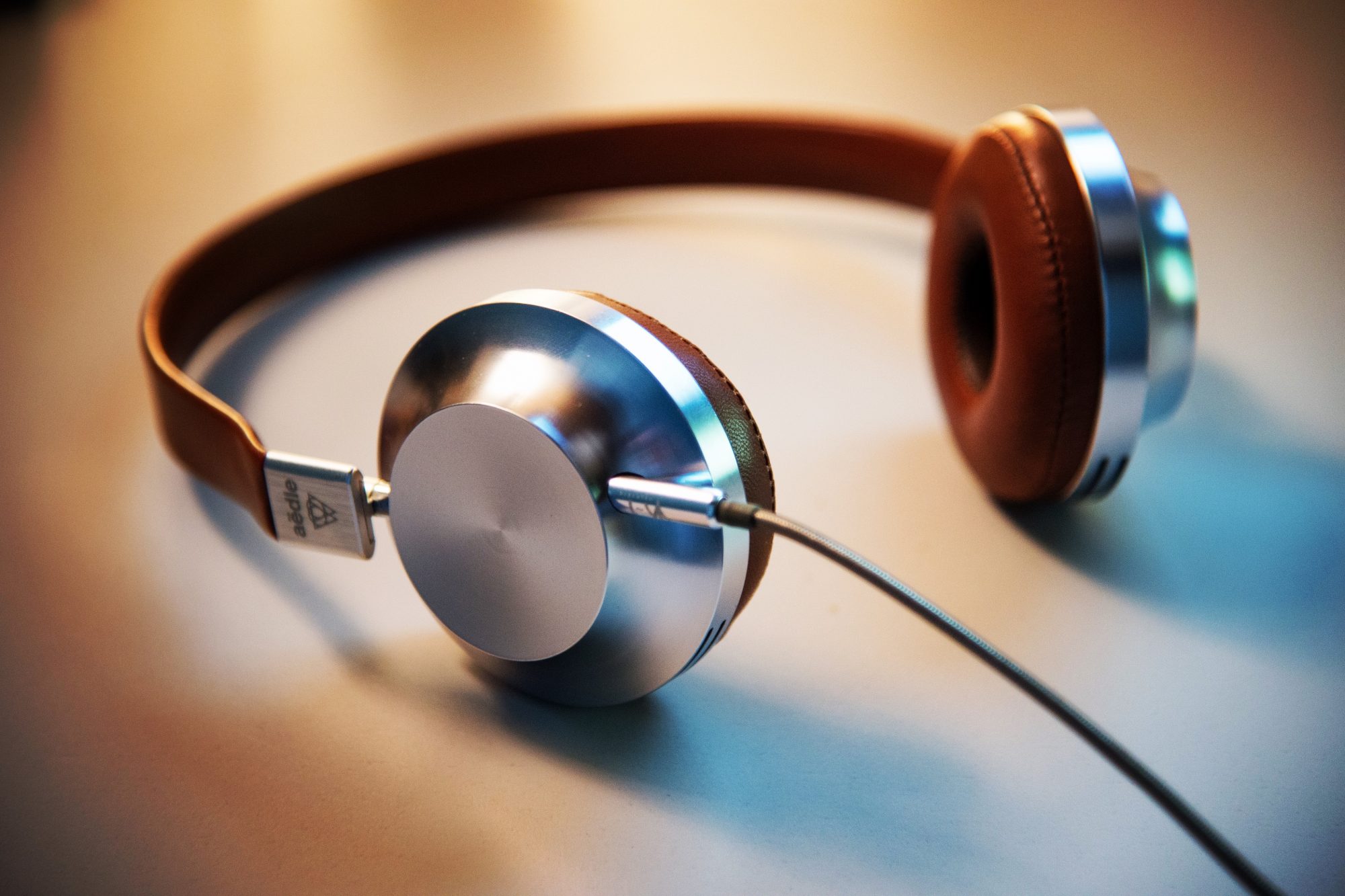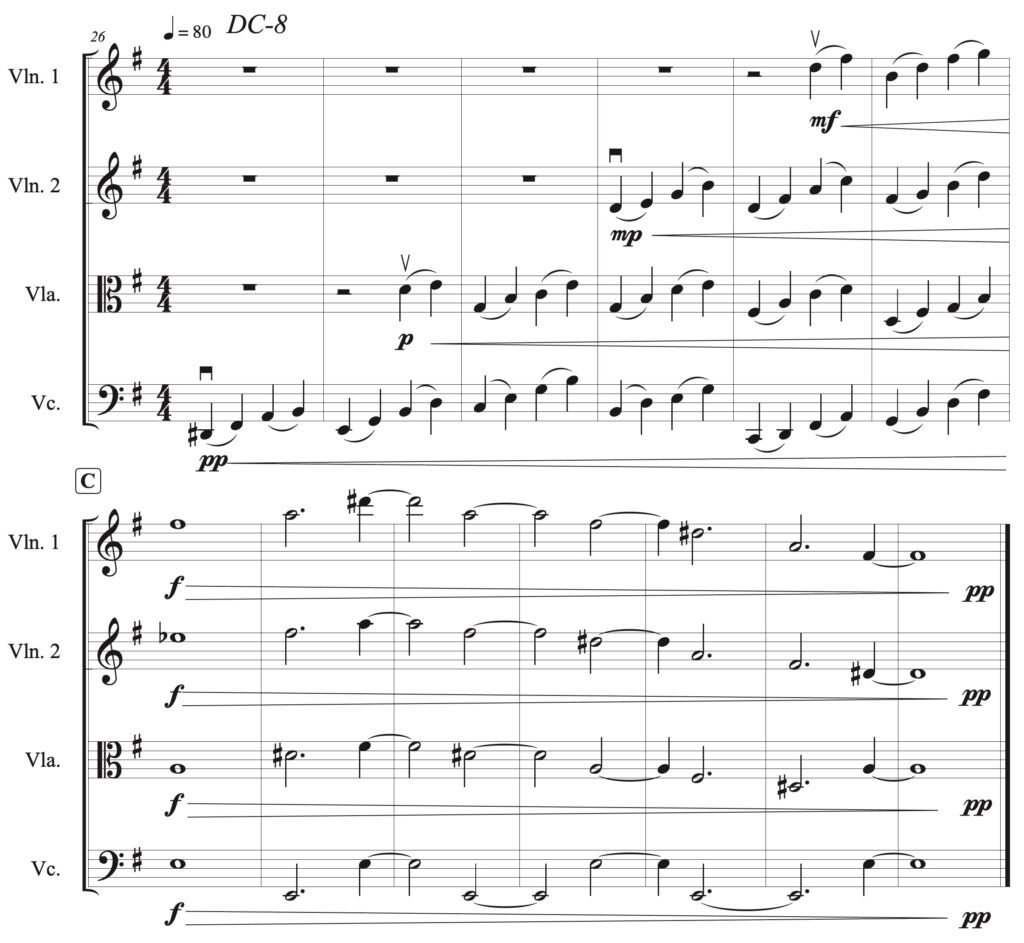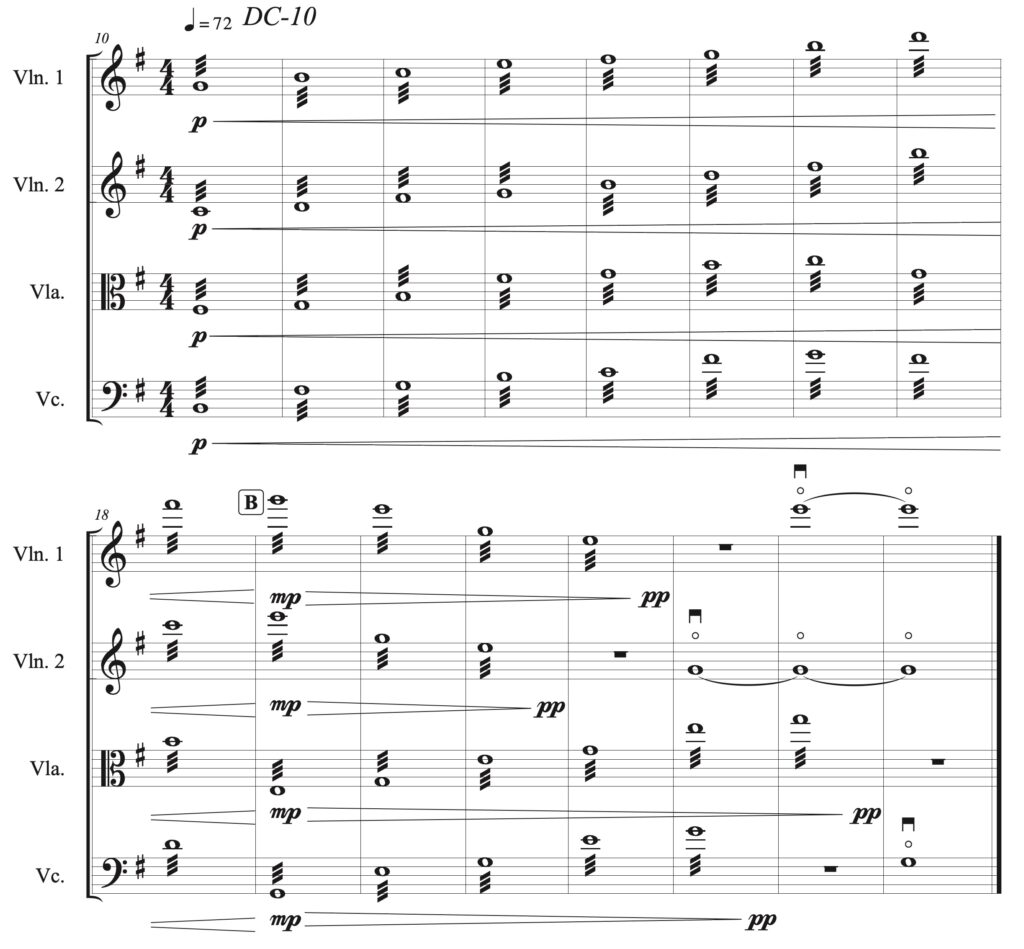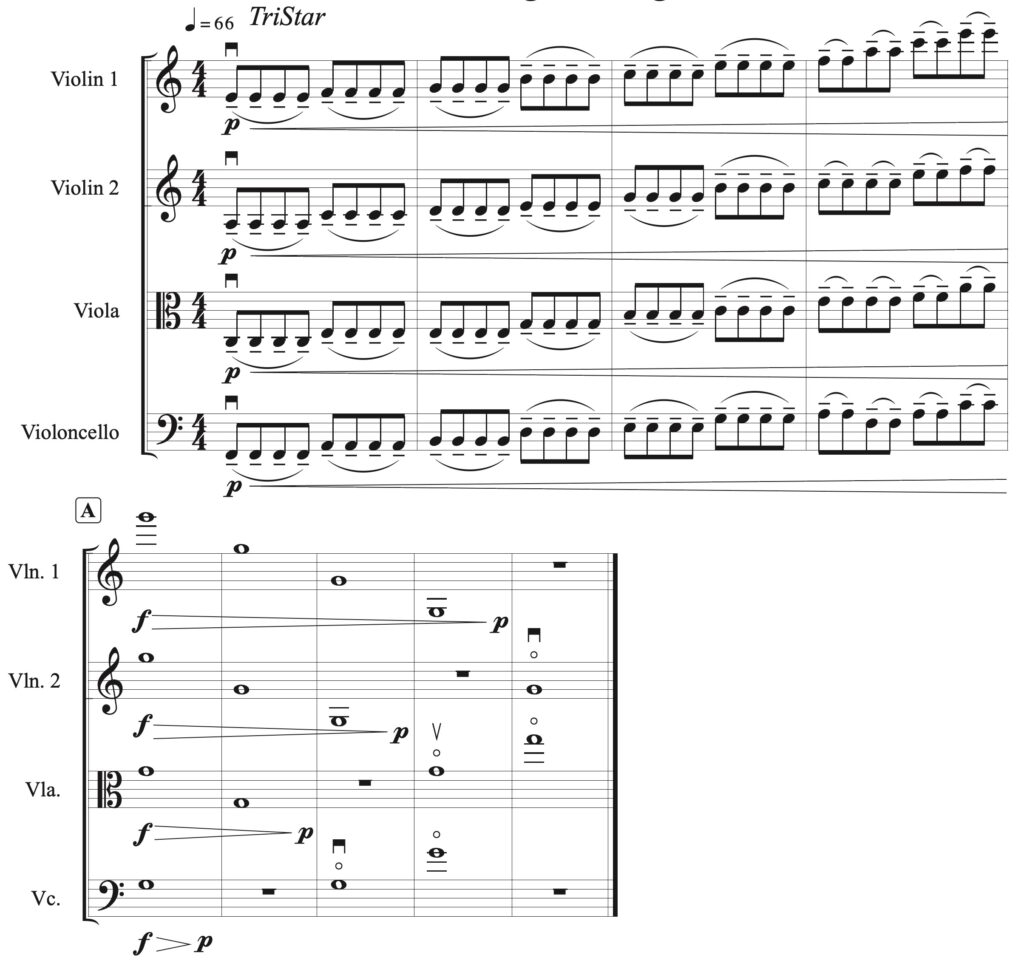Well, I’m a third of the way into my sabbatical, and the past week has been pretty successful. I’ve finished my fretless bass recordings, and have started recording pedal steel guitar. I recorded phrases for the center sections of seven movements: 737, A300, DC-8, 727, DC-10, DC-9, & 747. The fretless phrases I recorded for 737 and DC-8 replaced recordings I made last week where I wasn’t satisfied with what I played. I’m much happier with the new versions.
In terms of the pedal steel recordings, I’ve only begun to scratch the surface, recording four phrases, two each for TriStar and 737. Pedal steel is a fascinating, but very complicated instrument. I haven’t played it much in past few months, so a significant amount of time was spent tuning the 10 strings, calibrating the tuning for a couple of the foot pedals, and reacquainting myself with the instrument.
A standard pedal steel guitar has 10 strings and uses E9 tuning. This tuning system was developed by a few prominent players, including Buddy Emmons. It is called E9 tuning, as it generally resembles the notes of an E9 chord, though notice that it has both a D natural, and a D#. Notice as well that the top two strings are actually lower in pitch than the third string from the top. One of the things that is fairly convenient about the tuning system is it features four consecutive strings that form a major triad (strings 3 through 6 – with 10 being the lowest string).

In typical pedal steel playing, the players left hand puts a steel on the fretboard. Typically the placement of the steel reflects what key you are in. For instance, in G major, you would place the steel above where the third fret would be, as G is three half steps above E. In order to get other notes (and harmonies) besides those given by the strings, the player typically uses the pedals and knee levers rather than moving the steel.
While there is no standard for pedal and knee lever configurations, most instruments have three pedals, and one or more knee levers. My instrument is an old GFI SM-10 with three pedals, and three knee levers. Since this is sufficiently complicated, I will only explain the two pedals I used in recording this week. The first pedal changes all the B strings to C#s (raising the string a whole step). The second pedal changes all the G# strings to As, raising the string a half step). With these two pedals and using the aforementioned strings that form a major triad (strings 3 through 6), you can get an E major chord, a C# minor chord (using pedal 1), an Esus chord (using pedal 2), or an A major chord (using both pedals 1 & 2). If we were to think of this in terms of E major, this will get us the chords on scale degrees 1, 4, and 6. Pretty clever all in all. Perhaps next week I will go into detail about some of the other pedals and how they can be used.




